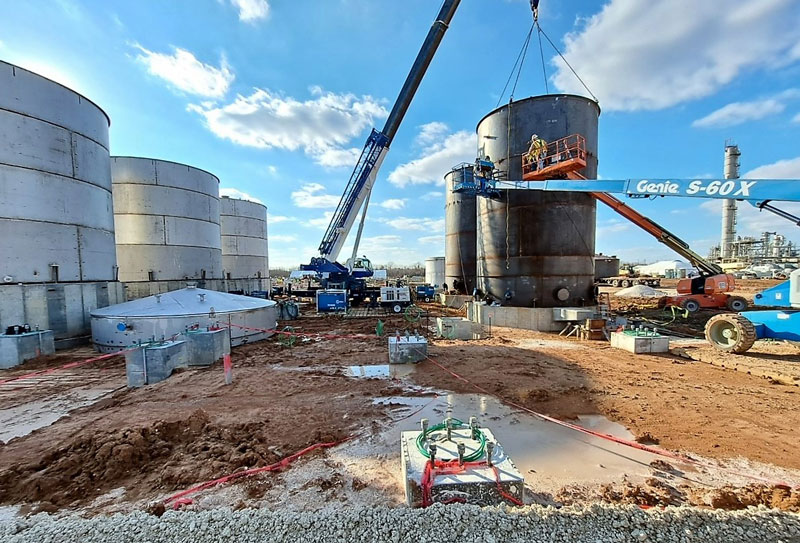As a facility manager, you need to ensure that your facility has the reliable storage units it needs to safely store large quantities of product — especially if that product is capable of harming your personnel and environment.
One of the most popular ways to fulfill that need is through the use of aboveground storage tanks (ASTs). Below, we’ll walk through everything you need to know about aboveground storage tanks and how they can help you, FAQ-style.
What Are Aboveground Storage Tanks?
Aboveground storage tanks are large containers that rest on the ground’s surface. They’re designed to hold a variety of liquid or gaseous substances in bulk quantities, such as water, petroleum, gasoline, chemicals, and hazardous waste materials.
In order to ensure their ability to store potentially hazardous substances, above ground storage tanks are generally made of carbon steel, stainless steel and other durable alloys — some of the most durable materials out there. Additionally, these tanks usually have large storage capacities, with diameters up to 290’ and storage capacities up to 565,000 barrels (BBL).
What Do Aboveground Storage Tanks Look Like?
Most above ground storage tanks are made with the materials listed above and are sized depending on the needs of your facility. However, there are many different types of above ground storage tanks that you can choose from — all with a different style and appearance. Some of them include:
Fixed Roof Tanks
Designed with cone- or dome-shaped roofs permanently attached to their shells. There are a couple different types, including:
-
- Supported cone (structure)
- Self-supporting (no internal structure)
- Geodesic dome (aluminum)
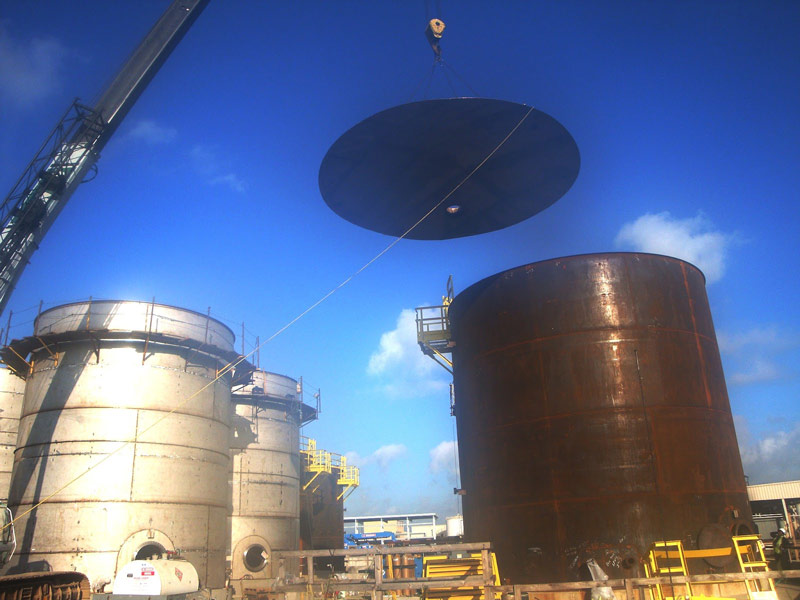
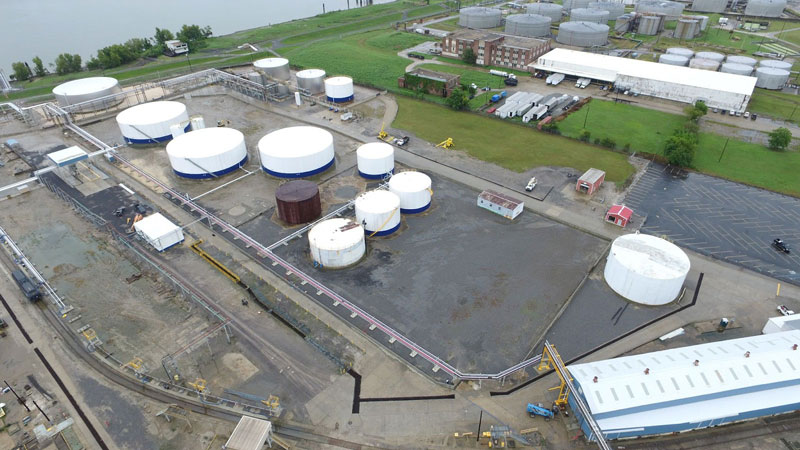
Internal Floating Roof Tanks
Designed to float on top of the product, where the tanks are covered with fixed roofs. Types of these tanks include:
-
- Steel pan (cannot be used without a fixed roof)
- Steel pontoon
- Aluminum floating roof (full contact or pontoon-style)

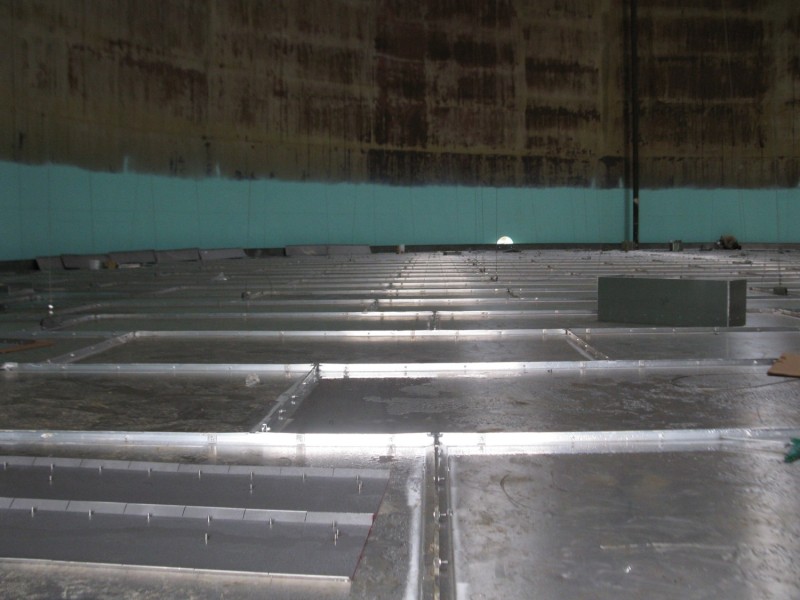
External Floating Roof Tanks
Designed to float on top of the product. Types of these tanks include:
- Steel pontoon
- Aluminum floating roof
-
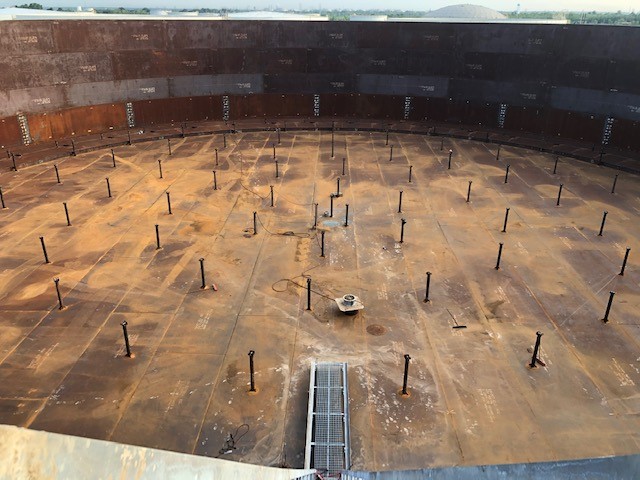
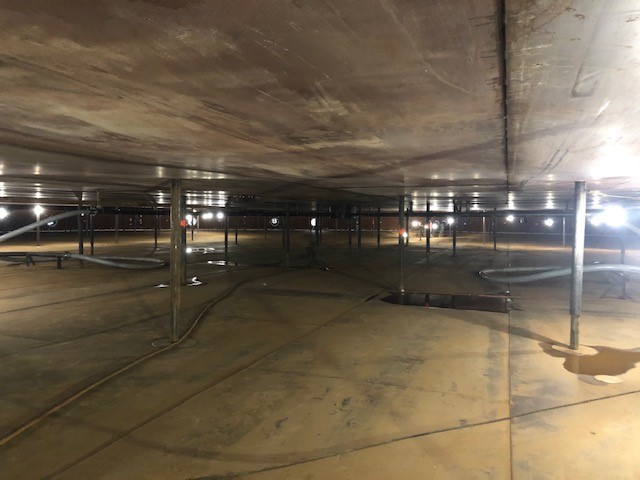
Horizontal Tanks
Generally a bit smaller in size and easier to move, and normally shop-fabricated.
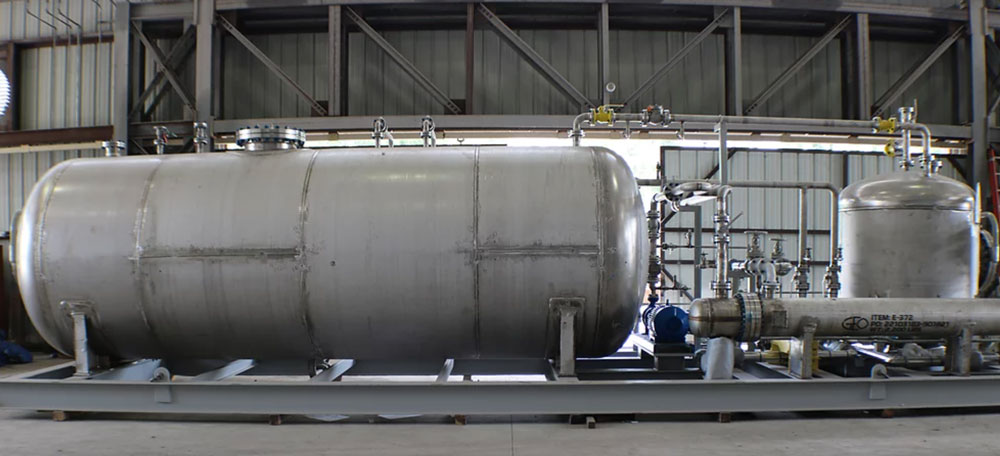
What Is the Purpose of an Aboveground Storage Tank?
As mentioned, aboveground storage tanks have an important purpose in ensuring that a variety of potentially hazardous materials are stored safely. While these materials may be necessary for many industrial applications, they can pose a serious risk to the environment and overall health of the public if not kept securely. Aboveground storage tanks reduce those risks significantly.
What Qualifies as an Aboveground Storage Tank?
According to the Aboveground Petroleum Storage Act, a tank must meet the following qualifications to be deemed an above ground storage tank:
- Capacity to store 55 gallons or more
- Ability to store substances substantially or totally above the ground’s surface
Standards by Which Aboveground Storage Tanks Are Built or Repaired
There are a few standards and regulations that above ground storage tank manufacturers need to adhere to during the building or repairing processes. These are:
- API-650: new construction
- API-653: repairs
- API-620: tanks under pressure that are field erected or repaired
- ASME: shop-fabricated vessels
Are Aboveground Storage Tanks Pressurized or Non-Pressurized?
It depends. There are some above ground storage tanks that are made to store liquids or gases at pressures significantly different from normal air pressure. In many cases, these units have expandable vapor reservoirs that adjust to vapor volume oscillations caused by atmospheric temperature and pressure changes. This helps them maintain structural integrity, even when pressures are higher or lower than normal.
How Often Do Aboveground Storage Tanks Need to Be Inspected?
Your above ground storage tank arrangement plan (TAP) should be inspected and reassessed at least every five years. However, if any changes are made to your facility that impact the plan, it should be reassessed more frequently.
As for the aboveground storage tank itself, it should be thoroughly inspected on a regular basis (at least monthly) to ensure everything is working properly, no substances are leaked, and it’s on track to last as long as it should. If you’re not sure what to look for, here’s a checklist to reference:
- Any leaks or problems with the tank’s containment abilities
- Any threats to the strength of the tank’s base or foundation
- Any cracks, dents, corrosion, or bulging in the tank’s shell
- Any issues or failures within the tank’s electrical equipment
- Any depreciation or corrosion to the tank’s external coating
- Any cracks, dents, or accumulated water atop the tank’s roof
- Any moisture, mold, or impairment to the tank’s insulation
- Any cracks, dents, or contamination to the tank’s interior walls
Where you’re managing a tank farm or you’re looking for clarity on how to repair an existing aboveground storage tank, PALA is your expert source for industrial storage tank fabrication and repair. Give our team a call with any questions, or feel free to request a quote for service online today!

